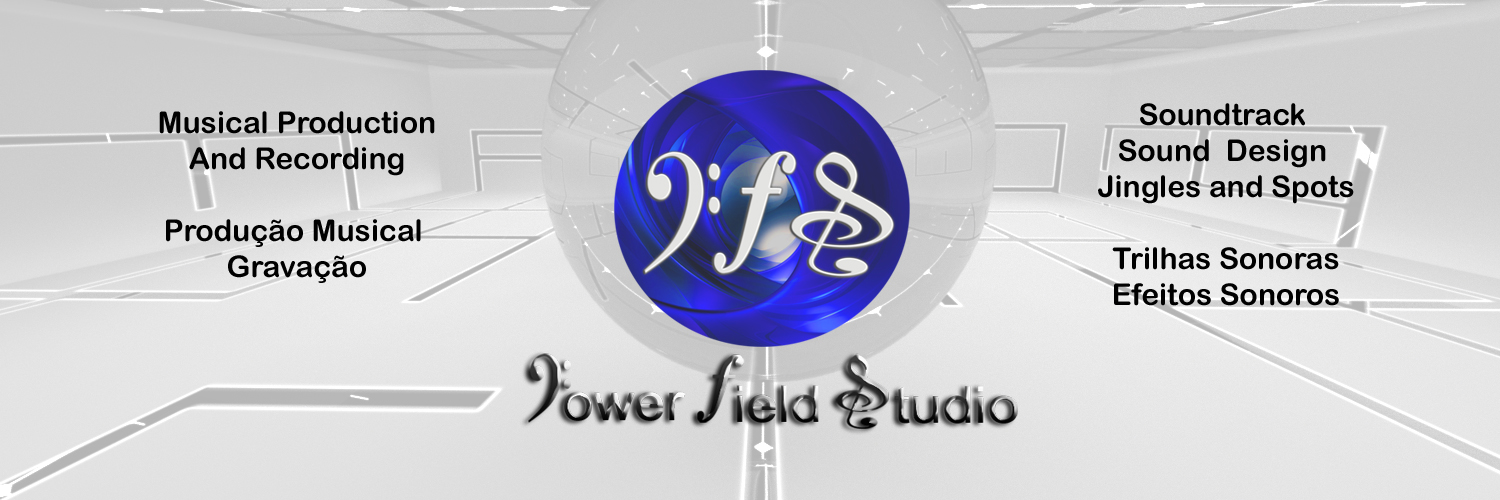As the new
The Fate of the Furious film continues to rake in millions around the world at the box office (
$900 million and counting), the movie’s soundtrack rolls in at No. 10 on the
Billboard 200 chart dated May 6, granting the film series its
fourth top 10 effort. It’s one of just a handful of theatrically released film series to earn as many top 10 sets.
The Fate of the Furious is the eighth film in The Fast and The Furious film series -- and each movie has sported its own companion soundtrack. Further, all of them have reached the Billboard 200.
The series got off to a hot start in 2001 with The Fast and The Furious, peaking at No. 7. It was followed by: 2 Fast 2 Furious (No. 5, 2003), The Fast and the Furious: Tokyo Drift (No. 40, 2006), Fast & Furious (No. 116, 2009), Fast Five (No. 60, 2011), Fast & Furious 6 (No. 25, 2013) and Furious 7 (No. 1, 2015). The first film even scored a sequel soundtrack that charted: The Fast and the Furious: More Fast and Furious (No. 117, 2002).
Aside from The Fast and the Furious series, there are just a few others with at least four top 10 soundtracks on the Billboard 200. Let’s take a look:
Star Wars: Six Top 10 Albums
The Star Wars saga has launched seven films thus far, and its most recent release was 2015’s Star Wars: The Force Awakens. The movie’s soundtrack debuted and peaked at No. 5 in January 2016.
Title, Peak Position, Peak Date
Star Wars, No. 2, Sept. 10, 1977
The Empire Strikes Back, No. 4, July 12, 1980
Star Wars Episode I: The Phantom Menace, No. 3, May 22, 1999
Star Wars Episode II: Attack of the Clones, No. 6, May 11, 2002
Star Wars Episode III: Revenge of the Sith, No. 6, May 21, 2005
Star Wars: The Force Awakens, No. 5, Jan. 1, 2016
Of the seven main Star Wars saga films, only Return of the Jedi, in 1983, missed the Billboard 200’s top 10, peaking at No. 20.
While the
Star Wars series produced six top 10 albums, none have reached No. 1. The closest the series came was with the first film,
Star Wars, which saw its album spend three consecutive weeks at No. 2 in 1977. (It was stuck behind
Fleetwood Mac’s
Rumours, which ruled the list for 31 nonconsecutive weeks.)
Notably,
Star Wars mania was at such a high in 1977,
Meco's disco version of the Star Wars "Main Title" theme (mashed up with his interpretation of "Cantina Band") spent two weeks at No. 1 on the Billboard Hot 100. Meco's rework, titled "Star Wars Theme/Cantina Band," is not on the
Star Wars soundtrack.
The Star Wars universe has also spun off a separate anthology film, Rogue One: A Star Wars Story, which helped set up the events seen in the first Star Warsmovie. Rogue One’s soundtrack peaked at No. 29 in January.
Twilight: Five Top 10 Albums
All five of the fantasy film series’ soundtracks have reached the top 10, starting with the chart-topping Twilight in 2008.
Title, Peak Position, Peak Date
Twilight, No. 1, Nov. 22, 2008
The Twilight Saga: New Moon, No. 1, Nov. 7, 2009
The Twilight Saga: Eclipse, No. 2, June 26, 2010
The Twilight Saga: Breaking Dawn – Part 1, No. 4, Nov. 26, 2011
The Twilight Saga: Breaking Dawn – Part 2, No. 3, Dec. 1, 2012
Notably, when Eclipse debuted and peaked at No. 2 for one week, it was stuck behind another soundtrack at No. 1: Fox TV’s Glee: The Music — Journey to Regionals.
Batman: Four Top 10 Albums (Including both the 1989-1997 and 2005-2012 series)
Prince’s smash-hit soundtrack to the 1989 film
Batman, directed by Tim Burton, spent six weeks at No. 1 on the Billboard 200 chart. It launched three top 40-charting singles on the Billboard Hot 100: “Batdance” (No. 1), “Partyman” (No. 18) and “The Arms of Orion” (with
Sheena Easton, No. 36). It notched a further hit on the Hot R&B/Hip-Hop Songs chart, the No. 5-peaking “Scandalous!”
Title, Peak Position, Peak Date
Batman (Prince), No. 1 (six weeks), July 22, 1989
Batman Forever, No. 5, July 8, 1995
Batman & Robin, No. 5, July 12, 1997
The Dark Knight Rises, No. 8, Aug. 4, 2012












